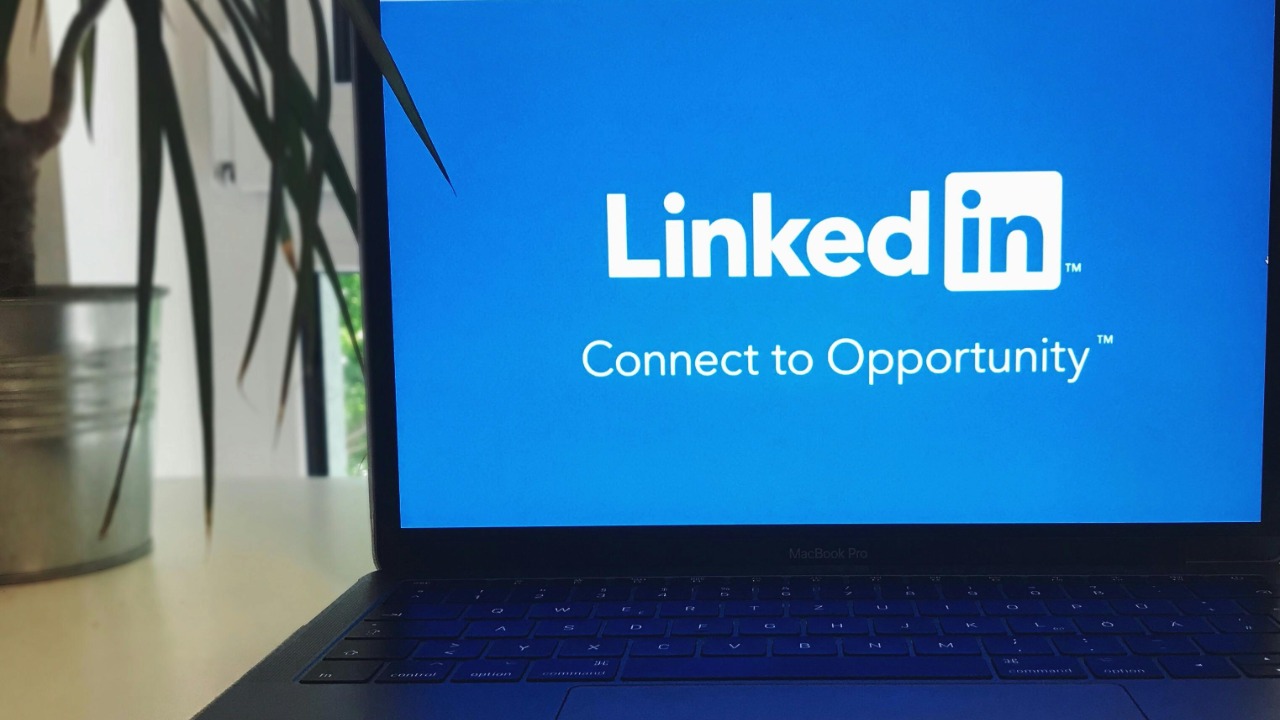
LinkedIn is set to expand its use of user profile data to train artificial intelligence (AI) models, raising privacy concerns for millions of users worldwide. Fortunately, there are steps users can take to view what LinkedIn knows about them and restrict AI training access.
Understanding LinkedIn’s AI Training Expansion
LinkedIn’s shift towards using more user profile data for AI model training is a significant development. The platform is incorporating even more user data beyond its initial practices, as highlighted in a recent report. This expansion involves various types of personal data, including profile information, as detailed in a recent announcement.
The timeline of this policy traces back to 2024, when LinkedIn disclosed its ongoing AI training with personal data. Since then, the platform has been steadily increasing the scope of data used in AI training, as reported by ZDNet.
Privacy Risks of AI Data Usage on LinkedIn
While user data fuels AI improvements, it also exposes profiles to unintended uses. The potential for data misuse in AI outputs could affect professional reputations, as noted in a 2025 analysis. This risk is not location-specific, meaning users worldwide are affected by these personal data practices, as reported in 2024.
Privacy advocates have been vocal about these risks, providing resources on how to stop your data from being used for AI training. These guides highlight the importance of understanding and controlling how your data is used, as detailed in a resource from the Public Interest Research Group.
Steps to View Your LinkedIn Data Profile
Users can access LinkedIn’s data dashboard to see the information the platform has collected about them. This includes reviewing specific profile elements used in AI training, as covered in a recent guide. Additionally, users have the option to export their personal data for further review, a step recommended by privacy advocates.
Opting Out of AI Training: Core Settings
Users can opt out of AI training through a primary toggle in LinkedIn settings. This step, detailed in a 2025 guide, halts data usage for AI models. After opting out, users should confirm the changes to ensure their data is no longer being used for AI training. It’s important to note that some default settings may enable training, as reported in a recent article.
Additional Privacy Tools for LinkedIn Users
Beyond AI training, users can adjust their data sharing preferences for additional privacy control. Monitoring future policy changes is also crucial, as LinkedIn continues to expand its user data training, as noted in a recent report. Combining opt-outs with regular account audits can further enhance data protection, as suggested in a 2025 guide.
Broadening Data Protection Beyond LinkedIn
While LinkedIn’s practices are a focal point, it’s important to consider general AI training opt-outs across platforms. Advocacy for stronger regulations is crucial, as personal data vulnerabilities continue to be a concern. Multi-platform strategies can provide comprehensive protection, as highlighted in a recent focus on profile-specific protections.
In conclusion, while LinkedIn’s expanded use of user profile data for AI training raises privacy concerns, users have the tools and resources to control how their data is used. By understanding these practices, opting out of AI training, and utilizing additional privacy tools, users can protect their personal data on LinkedIn and beyond.
More from MorningOverview